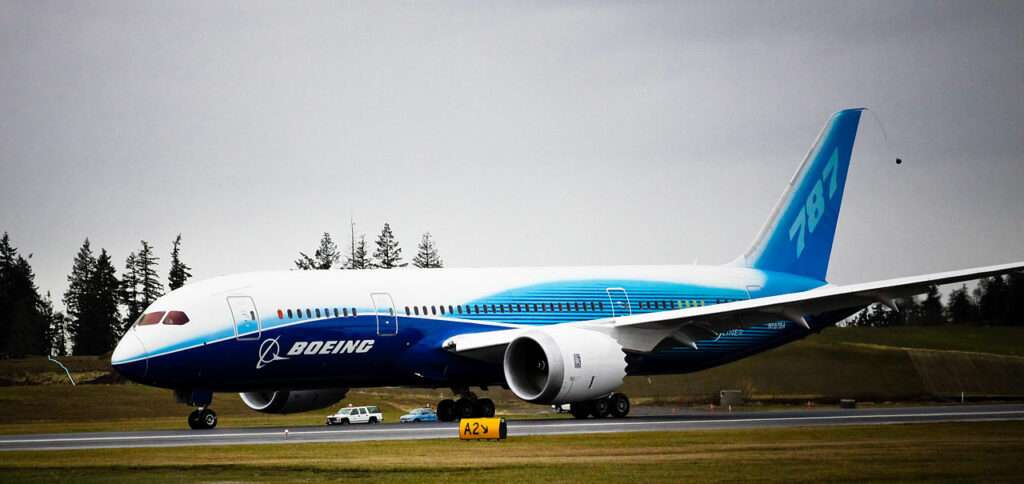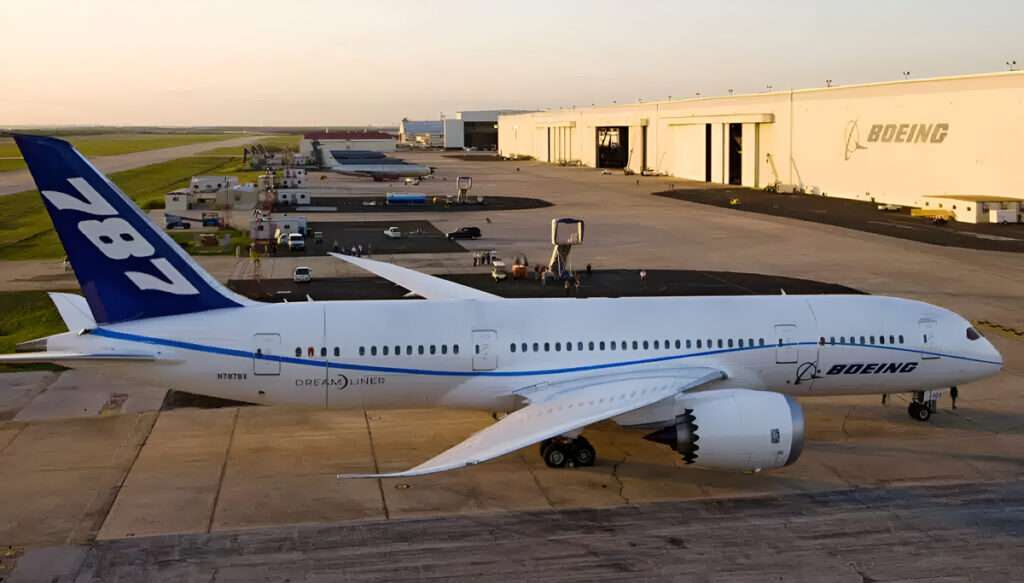A further Boeing insider has come forward to express concerns with manufacturing processes implemented by the US planemaker.
Recent reports detail allegations from a Boeing engineer regarding potential structural issues on two widely operated Boeing widebody models, the 787 Dreamliner and the 777.
New Allegations on 787 & 777 Production
In a report by the New York Times, the latest whistleblower, identified as a quality engineer named Sam Salehpour, has expressed concern over manufacturing shortcuts.
These shortcuts were allegedly implemented in order to boost production rates on the two widebody airline production lines.
Salehpour claims these shortcuts could lead to premature fatigue damage and even structural failure in nearly 1,000 Boeing 787 and 400 777 jets currently in operation.
Boeing has refuted this claim, pointing to its fuselage testing of up to 165,000 cycles (pressurising and depressurising the cabin) on the 787.
This testing and analysis suggests the 787 can fly operationally for more than 30 years before it requires specific life extension maintenance.

Focus of the Allegations
Salehpour’s specific concerns center on the fuselage sections, essentially the main body assembly of the aircraft. The allegations involve both the Boeing 787 and 777 models.
The quality engineer has described what he has characterised as “shortcuts” in the manufacturing process for the aircraft variants concerned.
2020 Identification and Action by Boeing
Specifically, the 787 Dreamliner allegations centre around the known gaps in the joints of the fuselage sections. This issue was initially identified by Boeing in 2020.
The finding led to a near two-year halt in deliveries for the wide-body aircraft. A fix was subsequently implemented and approved by the FAA in August 2022.
However, Salehpour argues that this fix doesn’t address the underlying cause of the problem. The process called shimming is typically employed in manufacturing processes to fill small structural gaps.
This is not an uncommon process, however Salehpour’s allegations center on the improper filling of the fine gaps.

Whistleblower Concerns
He expressed concern over “excessive stress on major airplane joints”, and drilling debris left between certain key joints.
A related concern with the 777 production line was also raised. Mr Salehpour claimed workers using “unmeasured and unlimited” force to get the 777 fuselage to fit together.
Reported by CNN News, speaking on a conference call on Tuesday, Mr Salehpour gave perspective to his reason for coming forward.
“I am doing this not because I want Boeing to fail, but because I want it to succeed and prevent crashes from happening,” he explained. “The truth is Boeing can’t keep going the way it is. It needs to do a little bit better, I think.”
FAA Investigation and US Senate Hearing
The Federal Aviation Administration (FAA) has confirmed they are now investigating Mr Salehpour’s allegations. A US Senate subcommittee is also set to address the concerns raised when it meets for a hearing next week.
Boeing, on the other hand, maintains that both the 787 and 777 widebody models are completely safe.
“These claims about the structural integrity of the 787 are inaccurate and do not represent the comprehensive work Boeing has done to ensure the quality and long-term safety of the aircraft,” the manufacturer expressed in a statement.

Click the banner to subscribe to our weekly newsleter.

Click the photo to join our WhatsApp channel so then you can stay up to date with everything going on in the aviation industry!









